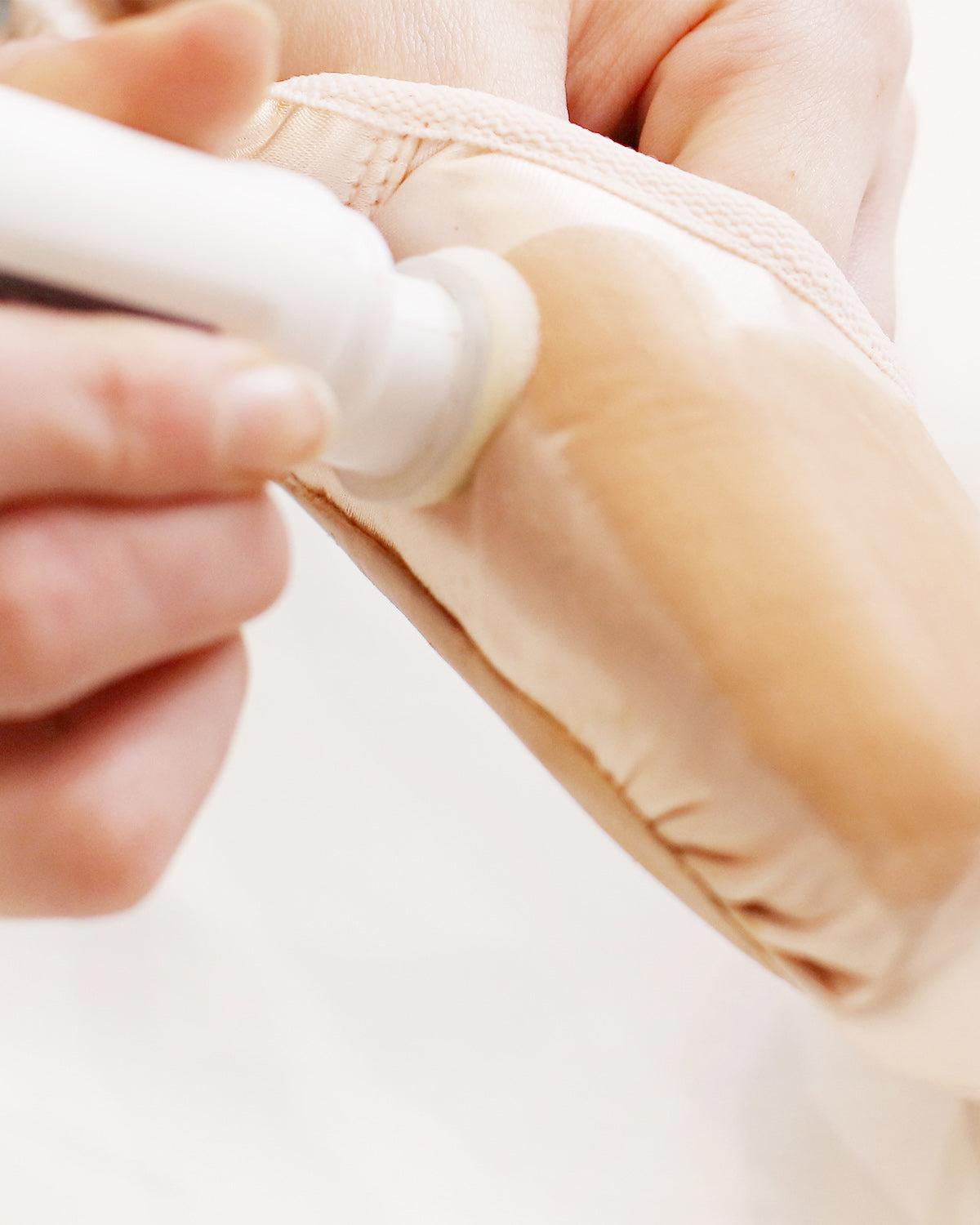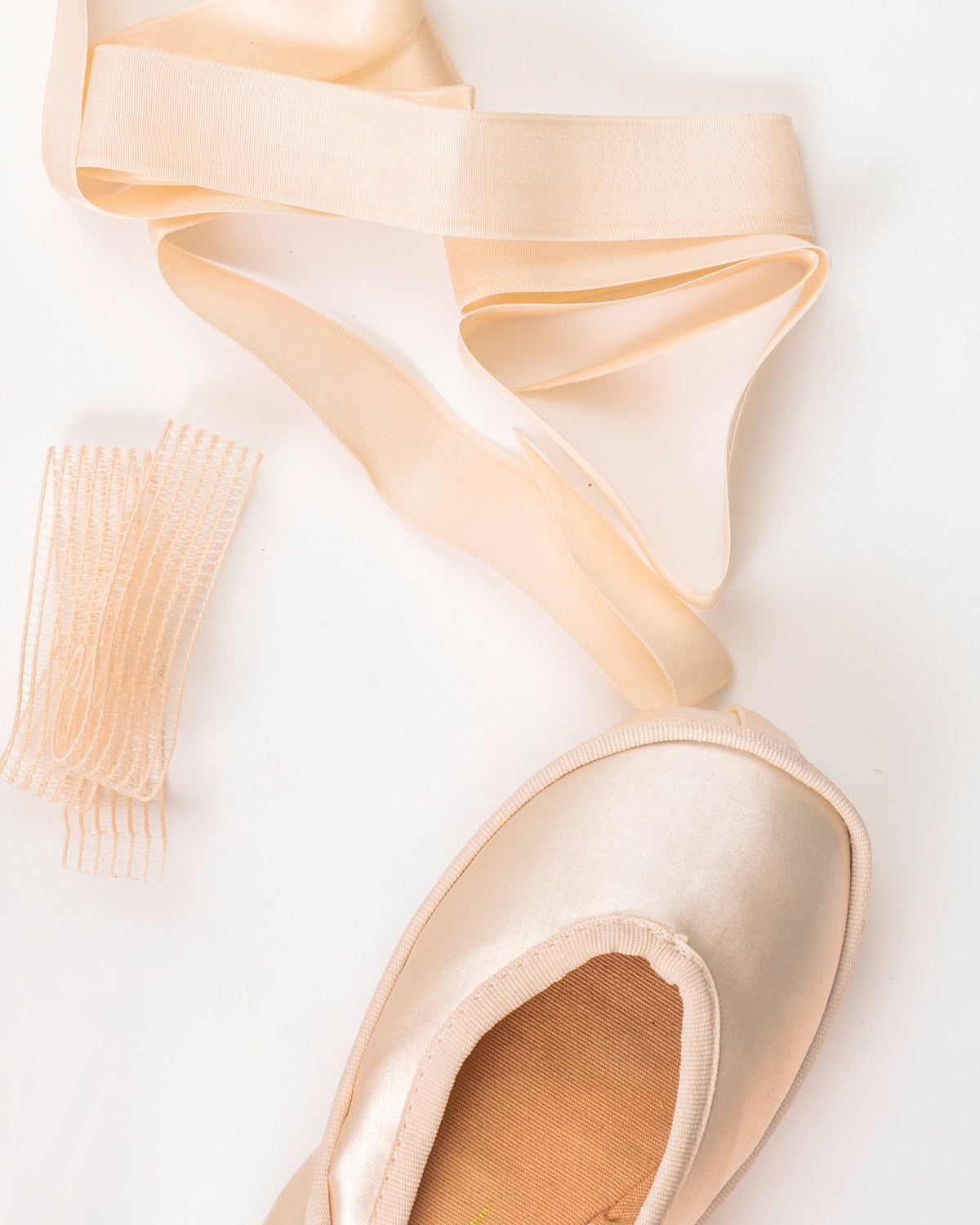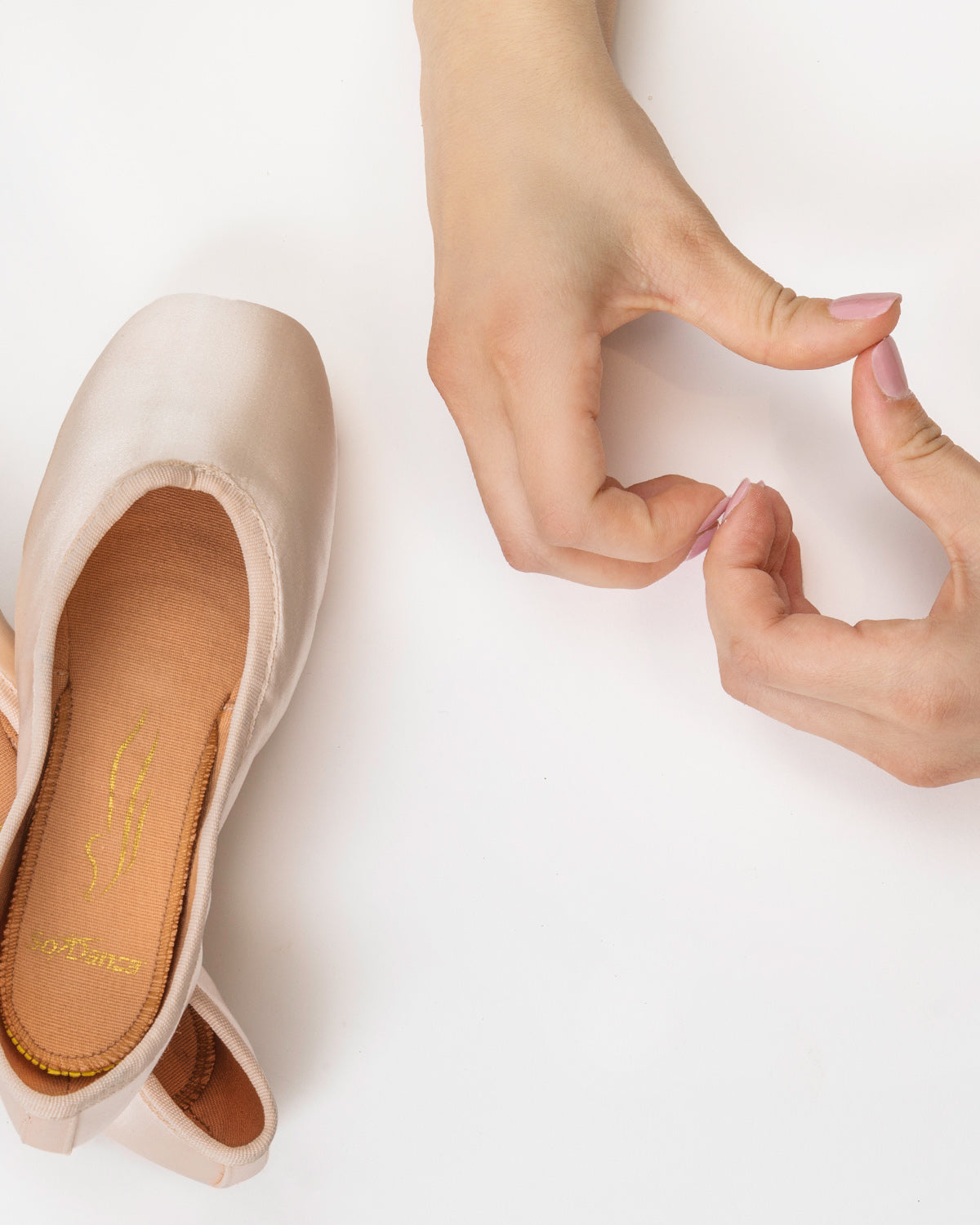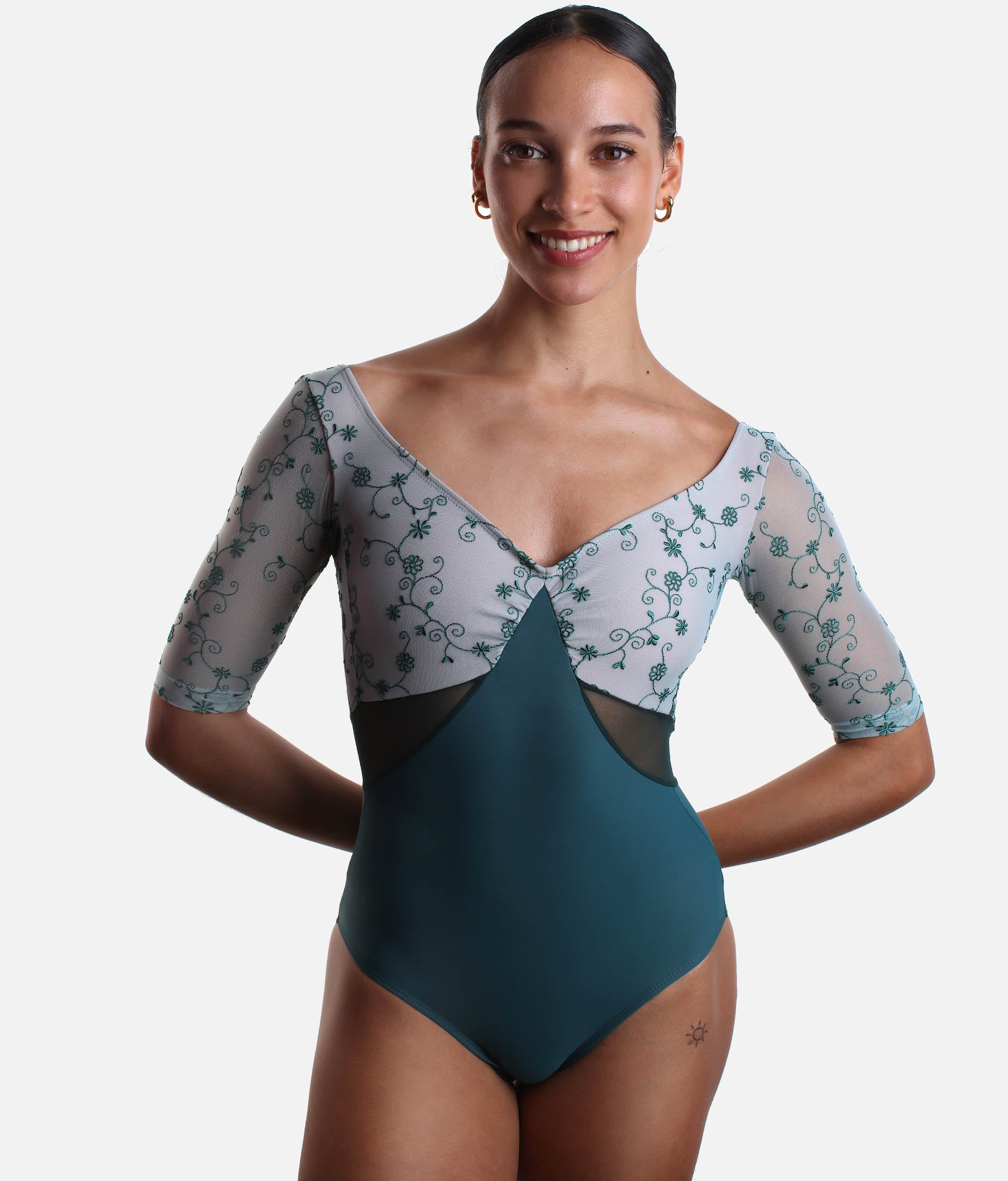Dancing en pointe is a dream milestone for many ballet dancers. But before slipping into those elegant satin shoes, it’s crucial to ensure your body is truly ready. Skipping a proper pointe readiness safety check can lead to injuries that may halt your progress—or worse, your dance career.
Here’s how to know if you’re really ready to go en pointe, and how to check all the boxes for a safe, strong start.
Why a Pointe Safety Check Matters
Pointe work demands exceptional strength, technique, and maturity. Your bones, muscles, and joints must be prepared for the stress that pointe shoes place on them. Rushing the process or ignoring key readiness indicators can lead to:
- Stress fractures
- Achilles tendonitis
- Severe ankle sprains
- Long-term foot damage
A safety check for pointe helps dancers avoid injuries and develop healthy habits that support long-term success.
Pointe Readiness Safety Checklist
✅ 1. Age & Physical Maturity
Most dancers begin pointe work between 11–13 years old, but age alone isn’t a reliable marker. The growth plates in your feet must be fully developed. This varies by individual, which is why medical clearance from a dance-specialist physician is often recommended.
✅ 2. Minimum Years of Ballet Training
You should have at least 3–5 years of consistent classical ballet training, including two or more classes per week. Strong ballet technique is foundational before progressing to pointe.
✅ 3. Ankle and Core Strength
Can you perform a controlled relevé on one leg without wobbling? Is your core strong enough to support sustained balance? You’ll need:
- Strong intrinsic foot muscles
- Engaged abdominals
- Stabilized turnout from the hips
✅ 4. Proper Alignment
Check your posture:
- Are your hips level?
- Can you maintain turnout without twisting your knees or ankles?
- Is your pelvis neutral in pliés and tendus?
Misalignment puts dangerous pressure on your joints when on pointe.
✅ 5. Excellent Demi-Pointe Control
You should be able to rise to demi-pointe with stability on both legs and maintain turnout without rolling in or out. If your demi-pointe is shaky, your full pointe will be weaker—and more dangerous.
✅ 6. Instructor Approval
Your ballet teacher knows your technique and progress better than anyone. Never attempt to go en pointe without their approval. They may recommend pre-pointe exercises or a professional pointe assessment.
Tips to Prepare for Pointe Safely
- Join a pre-pointe class if available at your studio.
- Practice TheraBand exercises to strengthen the feet and ankles.
- Do calf raises, core stability work, and turnout conditioning regularly.
- Get professionally fitted for pointe shoes—never buy online for your first pair!
Common Myths About Starting Pointe
🚫 “If I’m the right age, I’m ready.”
➡️ Truth: Strength and technique matter more than age.
🚫 “I’ll learn pointe on my own.”
➡️ Truth: You should never begin pointe work without supervision from a qualified instructor.
🚫 “Pointe shoes don’t hurt if they fit well.”
➡️ Truth: Pointe work can be uncomfortable even in perfectly fitted shoes. Strength and technique minimize pain—not just the shoe.
Final Thoughts: Listen to Your Body
Going en pointe is an exciting achievement—but it’s also a major responsibility. Don’t rush. Use this pointe safety checklist to guide your preparation, and always communicate openly with your teacher and health professionals.
When your body is ready, you’ll not only dance en pointe—you’ll thrive en pointe.










